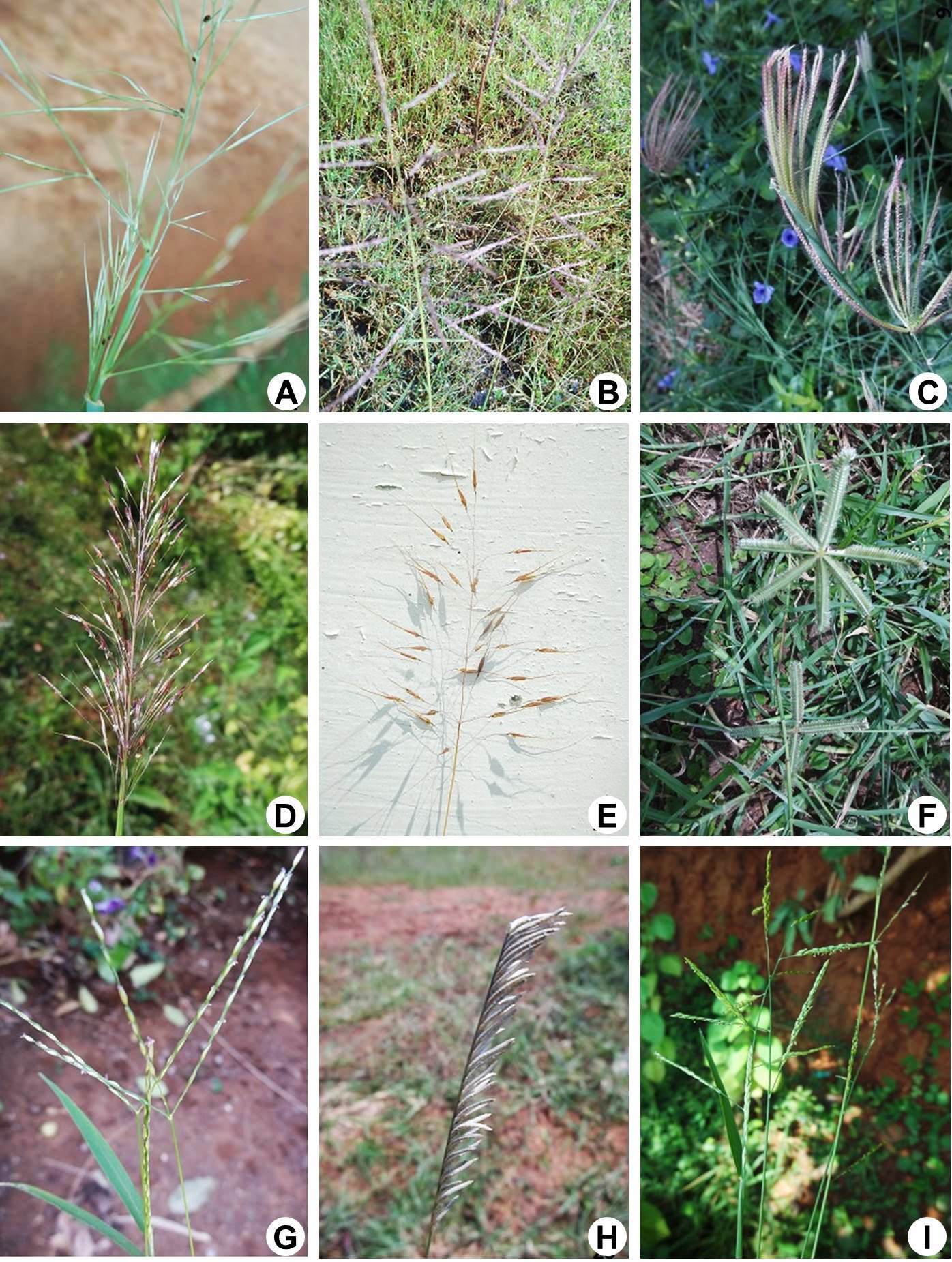Tropical Plant Research
An International Journal by Society for Tropical Plant Research
2016, VOLUME 3 ISSUE 3Pages: 522-535
Uncultivated fodder grass for cattle
R. Prameela* and M. Venkaiah
Abstract:
Vizianagaram district, one of the northern districts of Andhra Pradesh lies on the East Coast of India. The district is located between 17o–15' to 19o–15' N and 83o–00' to 83o–45' E. Agriculture is the key occupation of the people of this district. Geographically vizianagaram district divided in to 3 regions, i.e 1) The hilly region 2) The plains and 3) The coasts. The present study has concentrated to generate the information on uncultivated fodder grass. The grass family Poaceae is of a major economic and ecological importance. It is the single most important family of flowering plants for survival of mankind. The grasses form a natural homogenous group of plants with remarkable diversity playing a significant role in the lives of human beings and animals. Studies on grasslands and wild grasses, especially of fodder value have become very important for development of dairy industry, productions of meat and restoration of degraded ecosystems. The grasses have good potentials in sustainable development of the country as well as conservation of both plant and animal diversity. Study areas in vizianagaram district are undisturbed places, open grounds, strip lands, unused rice fields, orchards and sandy areas. During rainy season grass seeds germinate and grow very fast. All these grasses are annuals. Where as in summer, we can see very little pasture. Many grasses are perennials; they can survive in drought conditions, because they possess thick rhizomatous or stoloniferous root system and tufted growth. Perennial grasses form a valuable pasture.
Vizianagaram district, one of the northern districts of Andhra Pradesh lies on the East Coast of India. The district is located between 17o–15' to 19o–15' N and 83o–00' to 83o–45' E. Agriculture is the key occupation of the people of this district. Geographically vizianagaram district divided in to 3 regions, i.e 1) The hilly region 2) The plains and 3) The coasts. The present study has concentrated to generate the information on uncultivated fodder grass. The grass family Poaceae is of a major economic and ecological importance. It is the single most important family of flowering plants for survival of mankind. The grasses form a natural homogenous group of plants with remarkable diversity playing a significant role in the lives of human beings and animals. Studies on grasslands and wild grasses, especially of fodder value have become very important for development of dairy industry, productions of meat and restoration of degraded ecosystems. The grasses have good potentials in sustainable development of the country as well as conservation of both plant and animal diversity. Study areas in vizianagaram district are undisturbed places, open grounds, strip lands, unused rice fields, orchards and sandy areas. During rainy season grass seeds germinate and grow very fast. All these grasses are annuals. Where as in summer, we can see very little pasture. Many grasses are perennials; they can survive in drought conditions, because they possess thick rhizomatous or stoloniferous root system and tufted growth. Perennial grasses form a valuable pasture.

Fig.: A, Aristida hystrix L.f.; B, Capillipedium assimile (Steud.) A. Camus.; C, Chloris barbata Sw.; D, Chrysopogon aciculatus (Retz.) Trin.; E, Chrysopogon orientalis (Desv.) A. Camus.; F, Dactyloctenium aegyptium (L.) Willd.; G, Digitaria ciliaris (Retz.) Koeler.; H, Eragrostiella bifaria (Vahl) Bor.; I, Eriochloa procera (Retz) C.E. Hubb.
| 0 | 1 | 2 | 5 | 9 | 8 | 6 | 6 |


